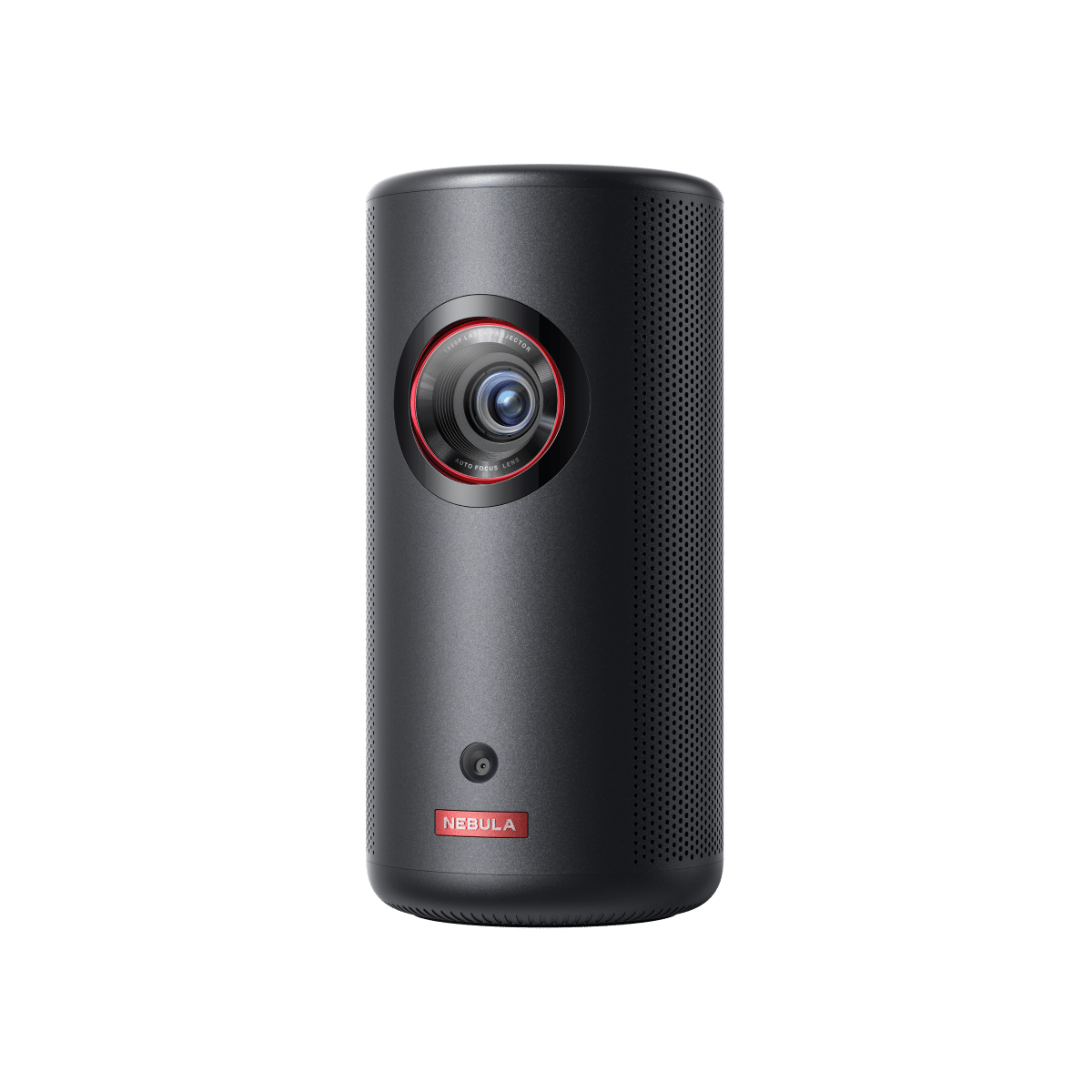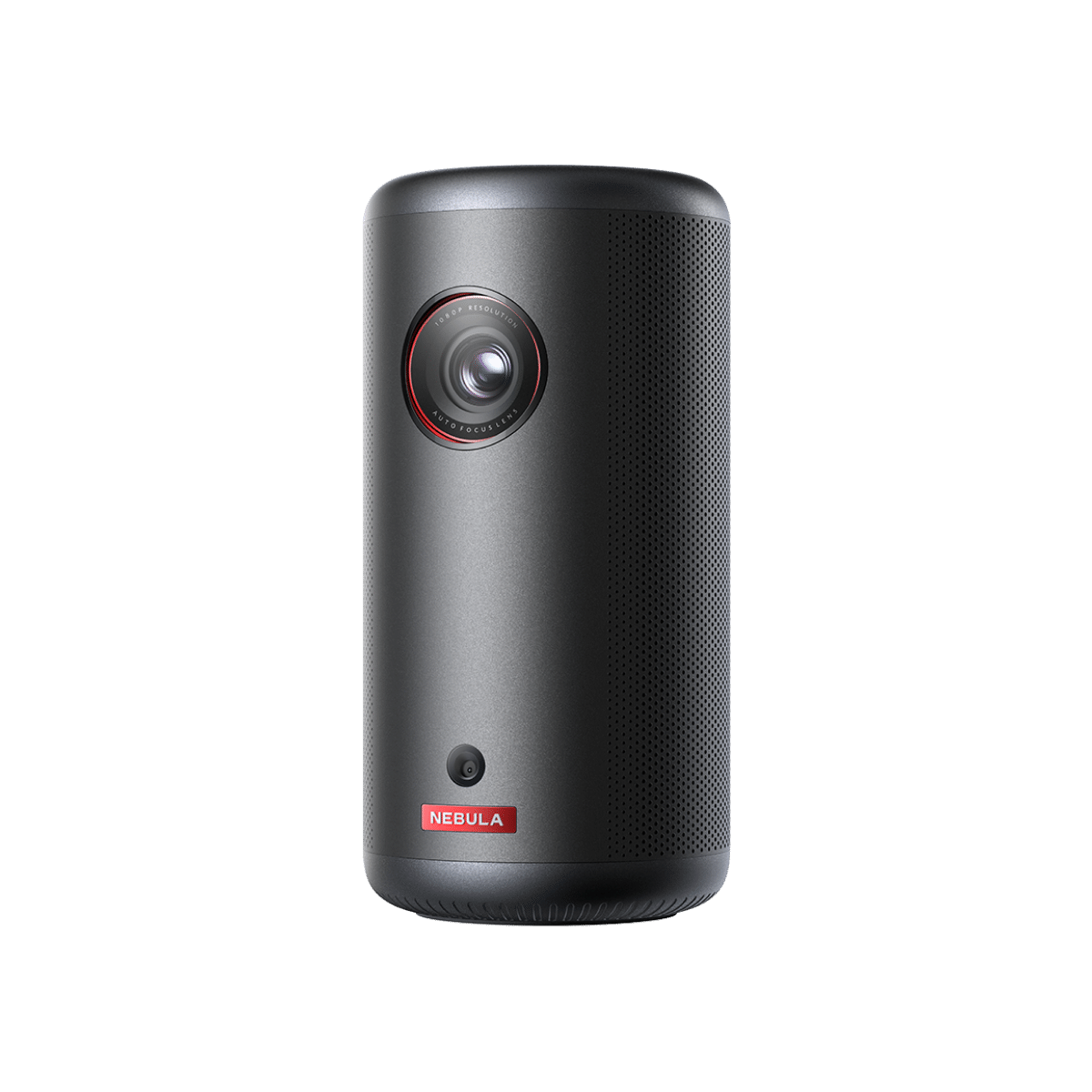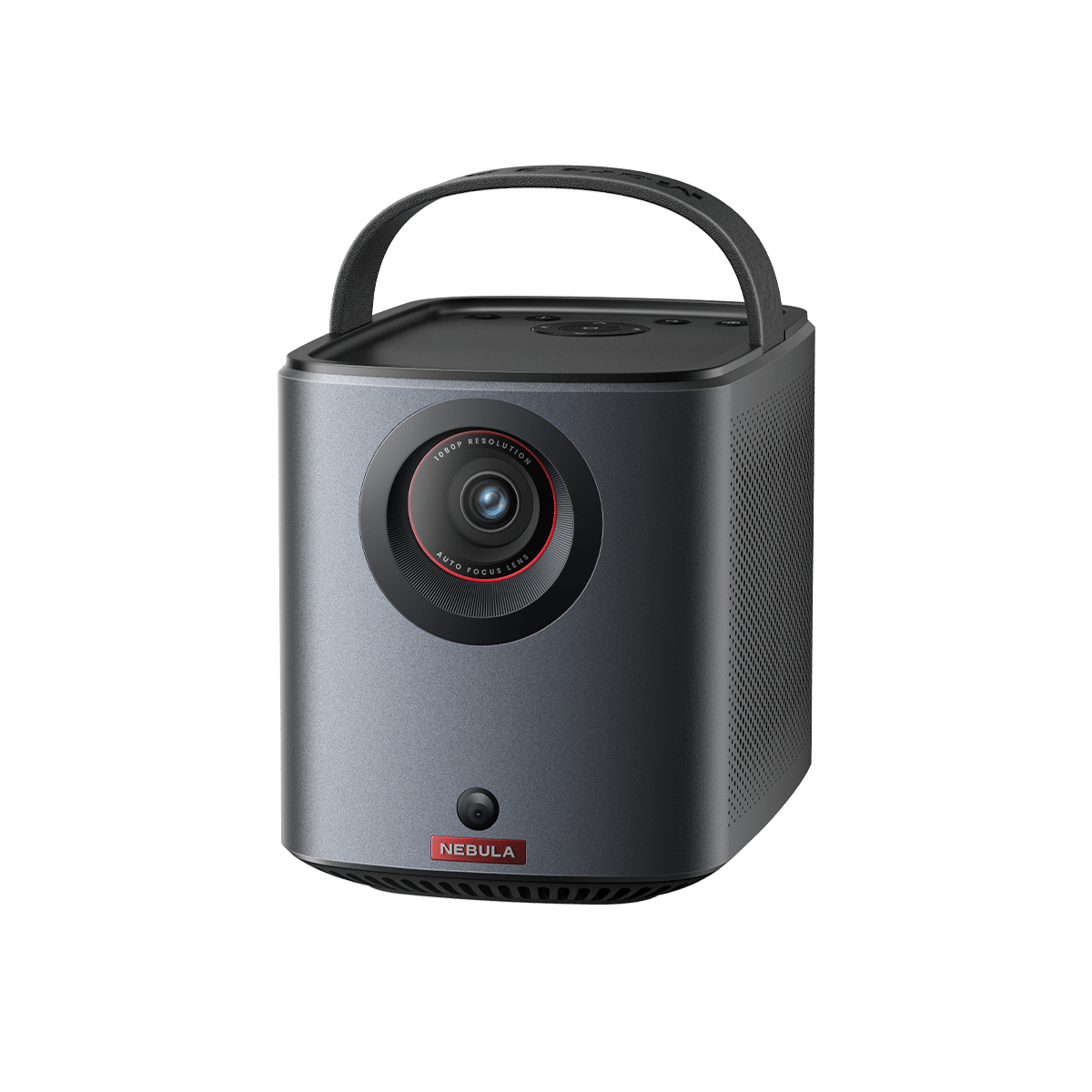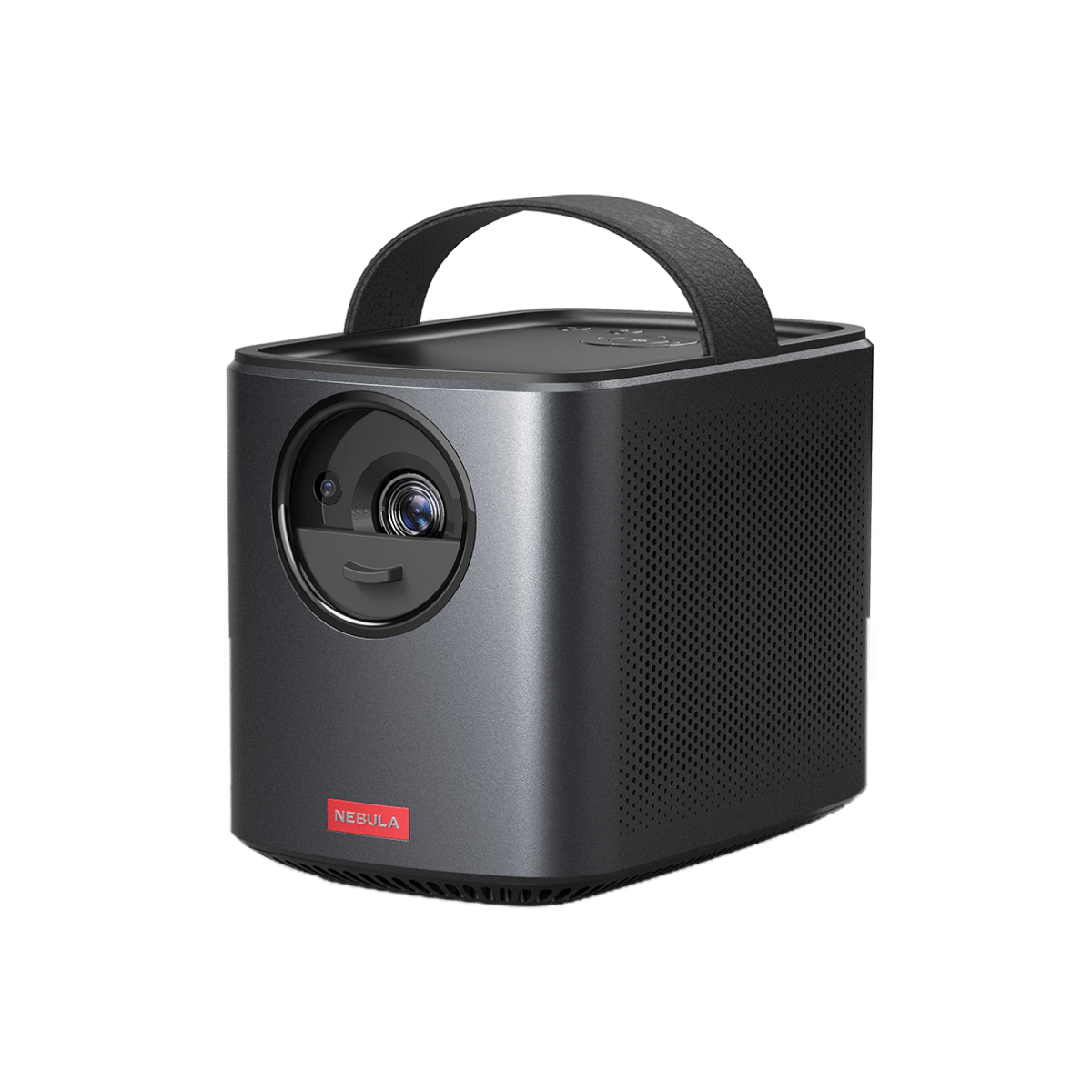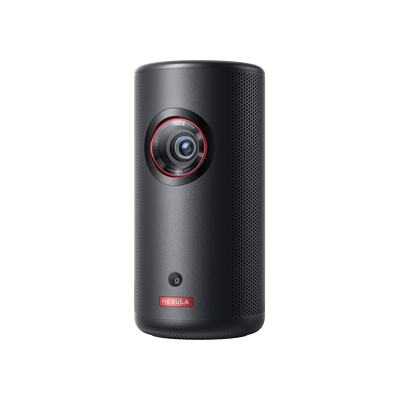Have you been experiencing something peculiar with your projector’s image? A strange, ghostly-like effect that distorts the image and gives it a double exposure feel? We will be exploring what could be causing this phenomenon, known as projector ghosting. This guide covers an overview of possible causes, different types of ghosting issues in projectors, and solutions to fix or reduce them. Whether you are using a home theater system for watching movies or using business projectors for presentations; understanding projector ghosting can save you lots of time in troubleshooting problems related to these devices. So let's dive in on the main points!
What Is Ghosting in Projectors?
When using a projector, ghosting refers to the undesirable phenomenon where multiple faint, semi-transparent duplicates of the primary image appear on the screen. These duplicates are usually displaced and can significantly degrade the quality of your projected content. To better understand projector ghosting, let's explore its different types:
- Optical Ghosting: The optical projector ghost effect typically results in a faint, often colorful, secondary image appearing alongside the primary image.
- Pixel Crosstalk:Pixel crosstalk can create a distorted or shadowy effect on the projected image.
- Motion Blur Ghosting:Motion blur ghosting occurs when fast-moving objects or scenes exhibit a trailing effect on the screen.
- Color Ghosting:In some cases, projector shadow on screen can manifest as color fringing or artifacts, especially in LCD projectors.
Understanding the specific type of ghosting you're experiencing is essential because it can guide you in determining the most appropriate projector ghosting fix solutions to address the issue.
Why Does Ghosting Happen in Projectors?
Ghosting in projectors can occur due to various factors, and understanding these underlying causes is crucial for effectively addressing and preventing the issue. Here are some of the common reasons why ghosting happens in projectors:
- Optical Aberrations:Ghosting can result from internal reflections and optical aberrations in the projector's lens system. Dust, smudges, or imperfections on the lens or within the optical components can cause light to scatter and create unwanted secondary images.
- Pixel Crosstalk:Pixel crosstalk occurs when pixels on the projector's display overlap or bleed into adjacent pixels. This happens when the pixels are not well-isolated, and their electrical signals interfere with each other. This can be due to limitations in the pixel matrix or issues with the projector's image processing.
- Motion Blur:Some projectors may exhibit ghosting as motion blur when displaying fast-moving content. Motion blur occurs when the projector's refresh rate or response time is not fast enough to keep up with the motion. As a result, you may see a trailing effect behind moving objects on the screen.
- Alignment Issues:In LCD projectors, misalignment of the red, green, and blue (RGB) panels can lead to color ghosting or fringing. When these panels are not correctly aligned, the colors can appear displaced or duplicated, resulting in ghosting.
- Cable Quality:Sometimes, a projector showing double image can be caused by damaged or low-quality cables used to connect the projector to the video source. Poor cables can lead to signal interference and degrade the image quality.
- Input Source Issues:Ensure that the input source (e.g., HDMI, VGA) is functioning correctly and that the cables are securely connected. Loose or damaged connections can introduce various image artifacts, including ghosting.
- Firmware and Software: Projector firmware and software play a significant role in image processing and display. Outdated or incompatible firmware can lead to ghosting issues. It's advisable to check if the projector manufacturer has released firmware updates that address known issues.
- Environmental Factors: Environmental factors such as ambient light, temperature, and humidity can influence image quality. In some cases, these factors may contribute to ghosting. Ensuring proper lighting conditions and environmental control can help reduce ghosting.

How Do I Stop My Projector From Ghosting?
Fortunately, there are several steps you can take to stop or significantly reduce projector ghosting. Let's explore these solutions:
1. Lens Maintenance
Regularly cleaning the projector's lens and optical components is a fundamental step to prevent optical ghosting. Dust, smudges, or imperfections on the lens can cause unwanted internal reflections. Use a microfiber cloth and a lens cleaning solution to keep the lens clean and free of obstructions.
2. Pixel Calibration
For pixel crosstalk issues, calibrating the pixels is essential. Use the projector's built-in settings to ensure that pixels are properly aligned and not bleeding into each other. This calibration can help reduce distortion and shadowy effects in the projected image.
3. High Refresh Rate Projectors
If you are experiencing motion blur ghosting, consider using projectors with a higher refresh rate. A higher refresh rate ensures smoother motion rendering, reducing the trailing effect behind fast-moving objects. Look for projectors with refresh rates of at least 120Hz for optimal results.
4. Alignment Adjustment
In the case of LCD projectors exhibiting color ghosting, addressing alignment issues is crucial. Consult the manufacturer's manual or seek professional help to realign the red, green, and blue (RGB) panels properly. Proper alignment can significantly reduce color fringing and artifacts.
5. Cable Quality
Sometimes, ghosting can be caused by damaged or low-quality cables connecting your video source to the projector. To rule out this factor, try replacing the video and power cables with high-quality alternatives, like shielding, ferrite cores, or gold-plated connectors can significantly reduce interference and improve signal quality.
6. Check Input Sources
Ensure that the input source (e.g., HDMI, VGA) is functioning correctly and that the cables are securely connected. Loose or damaged connections can introduce various image artifacts, including ghosting. Check for loose plugs and replace cables if necessary.
7. Firmware Updates
Check if your projector's manufacturer has released firmware updates. These updates can address known issues and improve overall performance, including reducing ghosting. Ensure that your projector is running the latest firmware for optimal performance.
8. Use Screensavers
Implement screensavers that showcase solid black or white screens during periods of projector inactivity. These screensavers act as a "pixel reset" by reducing the persistence of ghosting related to prolonged exposure to particular colors or images.
9. Environmental Control
Consider your environment when using the projector. Factors such as ambient light, temperature, and humidity can influence image quality. Ensure that you are using the projector in the appropriate lighting conditions and a controlled environment to minimize the impact of environmental factors on ghosting.
Conclusion
Projector ghosting can be a frustrating issue, but it's not insurmountable. By understanding the types and causes of ghosting and employing the appropriate solutions, you can enjoy a crisp and clear projected image for your presentations, movies, or gaming experiences.
FAQ
Is Double Vision the Same As Ghosting?
No, double vision and ghosting are not the same. Double vision refers to a phenomenon where a single object appears as two distinct images side by side. Ghosting, on the other hand, involves faint, semi-transparent duplicates of an image appearing in a displaced manner on the screen.
Can Ghosting Be Corrected?
Yes, ghosting in projectors can often be corrected or significantly reduced by addressing the underlying causes. This may involve cleaning the lens, calibrating the pixels, adjusting alignment, using higher refresh rate projectors, and ensuring proper cable connections. If these DIY solutions don't work, professional maintenance can help resolve the issue.
